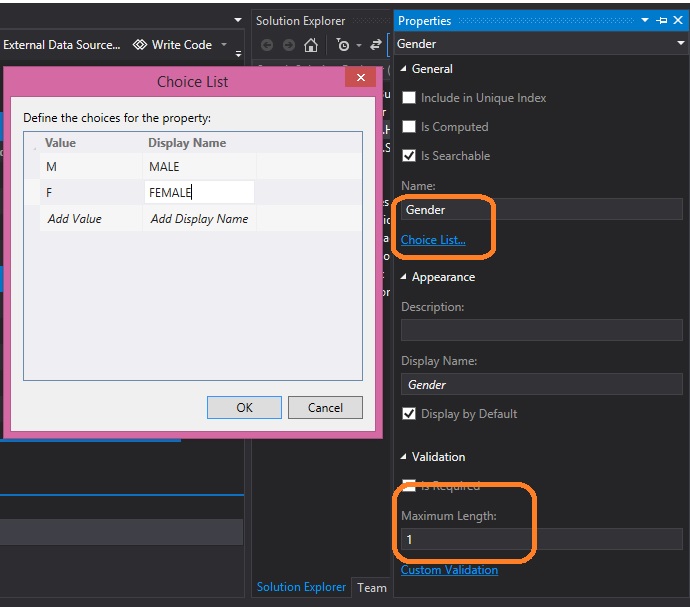

#Elucidate software software#
Yet since then, no similar project has attracted funding, this despite the increasing sophistication of software technology and computer design. In doing so, they laid the foundation for most of the subsequent research in the field. In that project, scientists pioneered computer-assisted structure elucidation (CASE) techniques.

The failure 40 years ago of the Dendral project (1) is an apt example. Structure elucidation of small molecules using only hyphenated techniques like GC-MS and LC-MS without nuclear magnetic resonance (NMR) spectroscopy is extremely difficult to perform. Because they can deliver results that answer biological questions, such techniques attract major research interest. Why? Results obtained by genomic analysis can be linked directly to biological activity, gene names, and protein structures and their functions. Yet high-impact journals targeting broad readerships frequently showcase techniques like gene sequencing and expression, which are relatively mature. Innovative, breakthrough technologies like comprehensive gas chromatography (GC) (GCXGC), Orbitrap mass spectrometry (MS) from Thermo Fisher Scientific (San Jose, California), DART ionization from JEOL (Peabody, Massachusetts), and UHPLC separations developed from Waters Corporation (UPLC, Milford, Massachusetts) appeared largely in method-oriented journals. In the last 20 years, no major discussion of large-scale efforts on the structure elucidation of small molecules has found its way into high-impact journals like Science and Nature.

The World Outside Analytical Chemistry Fails to Recognize the Myriad and Difficult Intellectual Challenges That Attend the Structure Elucidation of Small Molecules Their opinions help us glimpse the hardware and software challenges that we face in the near future. Kind and Fiehn discuss small-molecule structure elucidation (excluding peptides) using hyphenated chromatographic techniques, mass spectrometers, and other spectroscopic detectors. Insights developed from their well-earned knowledge we cannot glean from reading peer-reviewed work. In almost every instance, I relied on the expertise of well-recognized practitioners, not only for their "nuts-and-bolts" explanations but for the unique insight their experience affords. Only together with chromatographic separations do they unfold their power."Ĭhoosing and effectively employing analytical technology is the broader discussion that underlies the diversity of topics that appear in this installment of "MS-The Practical Art." Over the last five years, we have presented the reasoning of the practitioners we consult, to disseminate their wisdom and further our own knowledge in a number of areas such as accurate mass measurement, sample preparation, modern small-particle ultrahigh-pressure liquid chromatography (UHPLC) technology, and evaluating the viability of emerging non-LC ionization prospects. pure mass spectrometry technologies with their ultrahigh resolving power, high mass accuracy, and high isotopic abundance accuracy alone cannot solve all our structure elucidation problems.


 0 kommentar(er)
0 kommentar(er)
